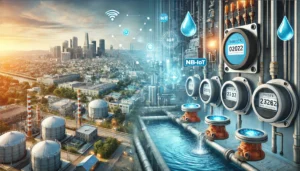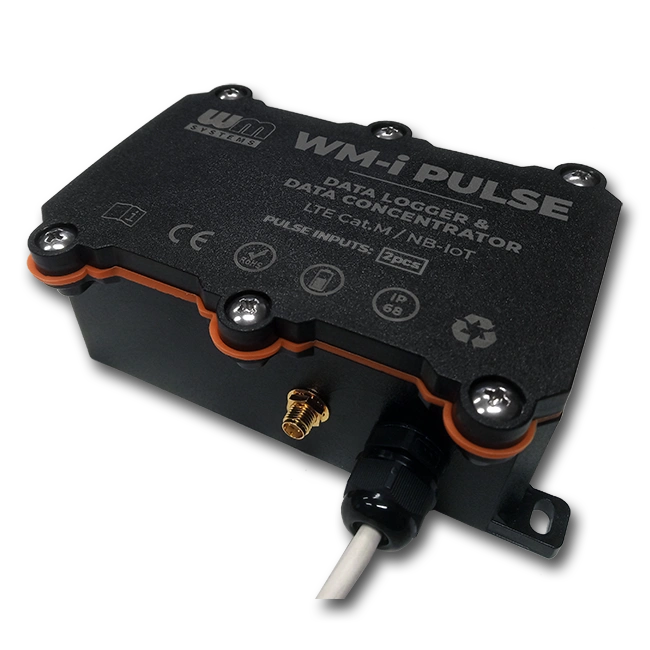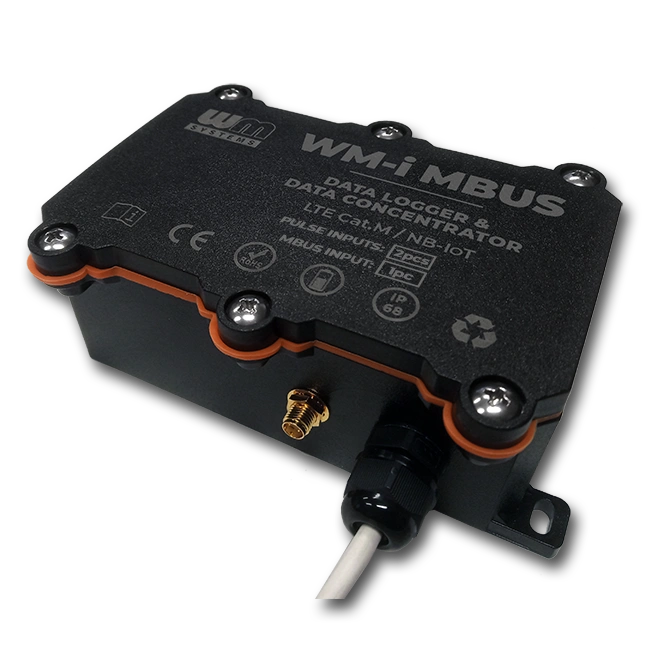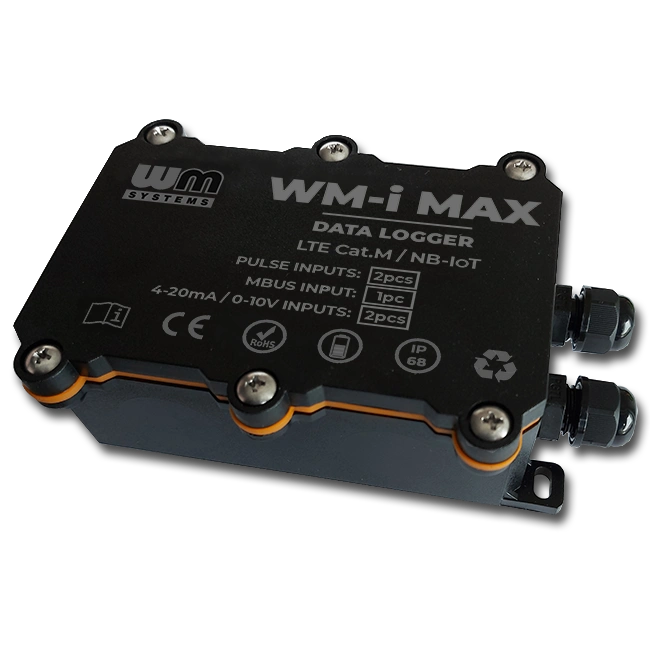Battery-powered data loggers are particularly well-suited for water metering applications, offering a reliable and efficient solution for monitoring water usage, detecting leaks, and ensuring accurate billing. Here’s how these loggers excel in water metering scenarios:
1. Accurate Consumption Monitoring
| | Pulse Data Loggers: These loggers are ideal for reading pulse outputs from water meters, which generate signals proportional to water flow. They allow precise measurements of water consumption, making them perfect for: |
| | Residential and commercial water meters. |
| | Industrial water usage monitoring. |
| | Industrial water usage monitoring. |
| | Example: | | A pulse data logger can be used to track water usage in a large-scale agricultural irrigation system, ensuring efficient water management and reducing waste. |
2. Leak Detection and Prevention
| | Continuous Monitoring: Battery-powered loggers can operate 24/7, even in remote locations, to detect unusual water flow patterns that may indicate leaks. |
| | Technical and Non-Technical Water Loss: |
| | Technical Losses: These include pipeline leaks, pressure drops, and inefficiencies in the water distribution system. Loggers can identify abnormal water flow rates or pressure fluctuations, helping utilities take corrective action. |
| | Non-Technical Losses: These include unauthorized consumption, meter tampering, or inaccurate readings. With real-time data monitoring, these loggers help identify discrepancies and improve billing accuracy. |
| | Example: | | In a municipal water distribution network, a logger can detect a sudden drop in pressure or an unexpected increase in flow, signaling a potential pipe burst or unauthorized water usage. |
3. Remote and Hard-to-Reach Locations
| | No External Power Needed: Battery-powered loggers can be deployed in areas without access to electricity, such as rural water supply systems, underground pipelines, or remote reservoirs. |
| | Long Battery Life: With energy-efficient designs, these loggers can operate for years on a single battery, reducing the need for frequent maintenance. |
| | Example: | | Monitoring water levels in a remote reservoir using a 4-20 mA data logger connected to a level sensor, ensuring optimal water supply management. |
4. Integration with Advanced Sensors
| | 4-20 mA Data Loggers: These loggers can interface with a variety of sensors used in water metering, such as: |
| | Pressure Sensors: To monitor pipeline pressure and detect anomalies. |
| | Flow Sensors: To measure water flow rates in real-time. |
| | Level Sensors: To track water levels in tanks, reservoirs, or wells. |
| | Example: | | A 4-20 mA data logger connected to a pressure sensor in a water distribution network can help identify areas with low pressure, indicating potential blockages or leaks. |
5. Compliance and Billing Accuracy
| | M-Bus Data Loggers: These loggers are compatible with M-Bus-enabled water meters, which are widely used in multi-tenant buildings and industrial complexes. They ensure accurate data collection for billing and regulatory compliance. |
| | Example: | | In an apartment complex, an M-Bus data logger can collect water usage data from individual meters, enabling precise billing for each tenant. |
Conclusion
Battery-powered data loggers are a game-changer for water metering applications, offering unparalleled accuracy, reliability, and flexibility. Whether monitoring residential water usage, detecting leaks in municipal networks, or managing agricultural irrigation systems, these loggers provide the tools needed for efficient and sustainable water management. Their ability to operate on low-power networks like Cat.M and NB-IoT, combined with their compatibility with pulse, M-Bus, and 4-20 mA systems, makes them an indispensable solution for modern water metering challenges.
Battery-powered data loggers are equally transformative for gas metering applications, providing a reliable, efficient, and cost-effective solution for monitoring gas consumption, detecting leaks, and ensuring accurate billing.
1. Accurate Gas Consumption Monitoring
| | Pulse Data Loggers: These loggers are ideal for reading pulse outputs from gas meters, which generate signals proportional to gas flow. They allow precise measurements of gas consumption, making them perfect for |
| | Residential and commercial gas meters. |
| | Industrial gas usage monitoring. |
| | Natural gas distribution networks. |
| | Example: | | A pulse data logger can be used to track gas usage in a manufacturing facility, ensuring accurate billing and efficient energy management. |
2. Leak Detection and Safety
| | Continuous Monitoring: Battery-powered loggers can operate 24/7, even in remote or hazardous locations, to detect unusual gas flow patterns that may indicate leaks. |
| | Real-Time Alerts: When integrated with wireless networks like Cat.M or NB-IoT, these loggers can send instant alerts to operators or utility companies, enabling quick response to leaks and enhancing safety. |
| | Example: | | In a natural gas distribution network, a logger can detect a sudden drop in pressure or an unexpected increase in flow, signaling a potential gas leak. |
Conclusion
Battery-powered data loggers have revolutionized water and gas metering by providing unparalleled accuracy, reliability, and flexibility. By leveraging modern Narrow Band cellular technologies like NB-IoT and Cat.M, these devices can operate efficiently for years while ensuring continuous monitoring, accurate data collection, and timely leak detection. Whether for water loss prevention, gas safety, or billing accuracy, these loggers are indispensable for modern utility management and environmental sustainability.



